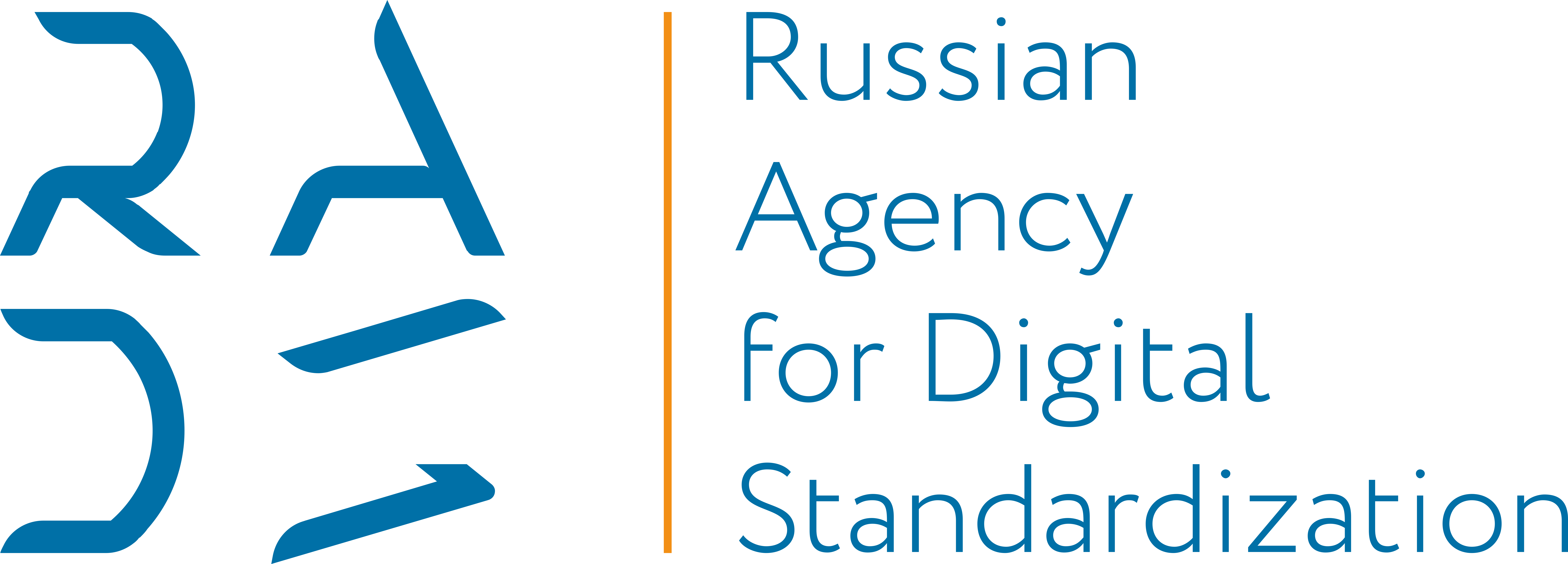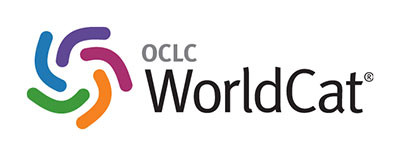Аполлов Б.А., Калинин Г.П., Комаров В.Д. Курс гидрологических прогнозов. Л.: Гидрометеоиздат, 1974. 419 с.
Борщ С.В., Христофоров А.В. Оценка качества прогнозов речного стока // Труды Гидрометеорологического научно-исследовательского центра Российской Федерации. 2015. Т. 355. С. 3–195.
Борщ С.В., Симонов Ю.А., Христофоров А.В. Эффективность моделирования и прогнозирования речного стока. // Гидрологические исследования и прогнозы. № 1 (375). 2020. C. 176–189.
Борщ С.В., Симонов Ю.А., Христофоров А.В. Прогнозирование стока рек России. М.: Изд-во ФГБУ «гидрометцентр России», 2023 г. 200 с.
Наставления по службе прогнозов. Раздел 3. Ч.1. Прогнозы режима вод суши. Л.: Гидрометеоиздат, 1962. 194 с.
Рождественский А.В., Чеботарев А.И. Статистические методы в гидрологии. Л.: Гидрометеоиздат, 1974. 424 с.
Руководство по гидрологической практике ВМО. Сбор и обработка данных, анализ, прогнозирование и другие применения (ВМО №168). Женева: Секретариат ВМО. 1994. 811 с.
Руководство по гидрологическим прогнозам. Вып. 2. Краткосрочный прогноз расхода и уровня воды на реках. Л.: Гидрометеоиздат, 1989. 245 p.
Руководство по гидрологическим прогнозам. Вып. 1. Долгосрочные прогнозы элементов водного режима рек и водохранилищ. Ленинград: Гидрометеоиздат, 1989. 357 p.
Технический регламент ВМО. Том III. Гидрология. (ВМО №49). Женева: Секретариат ВМО. 2006. 140 с.
Beven K.J. Rainfall-runoff Modelling: The Primer. Chichester: Wiley&Sons, 2001. 488 p.
Bogner K., Pappenberger F. Multiscale error analysis, correction, and predictive uncertainty estimation in a flood forecasting system // Water Res. Res. 2011. V. 47 (W07524) P. 24. JRC56973. DOI: 10.1029/2010WR009137.
Gupta H. V., Kling H.; Yilmaz K. K., Martinez G. F. Decomposition of the mean squared error and NSE performance criteria: Implications for improving hydrological modelling // J. Hydrol. 2009. Vol. 377. P. 80–91. DOI:10.1016/j.jhydrol.2009. 08.003.
Jolliffe I.T., Stephenson D.B. Forecast verification // Forecast verification: a practitioner’s guide in atmospheric science. Chichester: Wiley&Sons, 2012. 254 p.
Murphy A.H., Winkler R.L. A General Framework for Forecast Verification // Monthly Weather Review. 1987. Vol. 115. P. 1330–1338. DOI:10.1175/1520-493(1987)115<1330:AGFFFV> 2.0.CO;2.
Murphy A. H. Skill Scores Based on the Mean Square Error and Their Relationships to the Correlation Coefficient // Monthly Weather Review. 1988. Vol. 116. P. 2417–2424. DOI:10. 1175/1520-493(1988)1162417:SSBOTM>2.0.CO;2.
Nash J. E.; Sutcliffe J. V. River flow forecasting through conceptual models part I — A discussion of principles // J. Hydrol. 1970. Vol. 10 (3). P. 282–290. DOI:10.1016/0022-1694(70)90255-6.
Wilks D.S. Statistical methods in the atmospheric sciences: an introduction // Int. Geophys. Ser. Academic Press. 1995. Vol. 59. P. 467.








1.png)




















